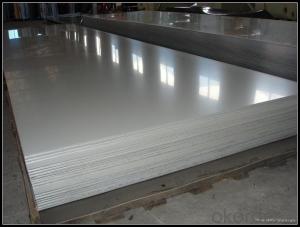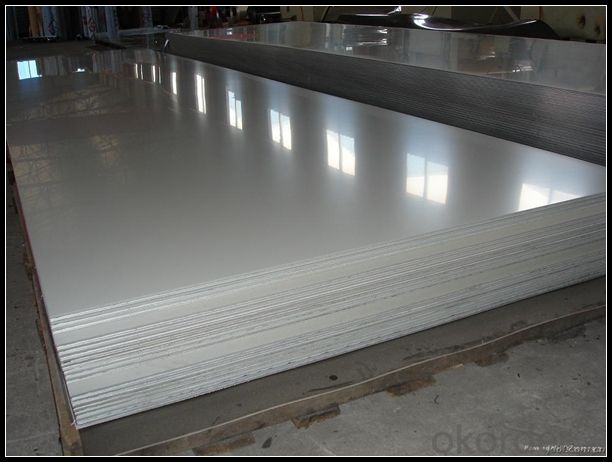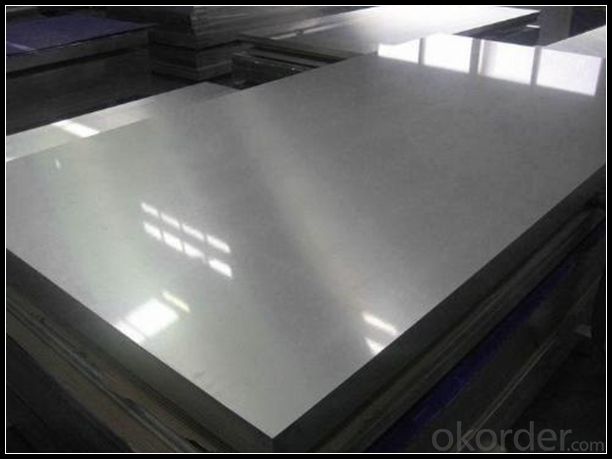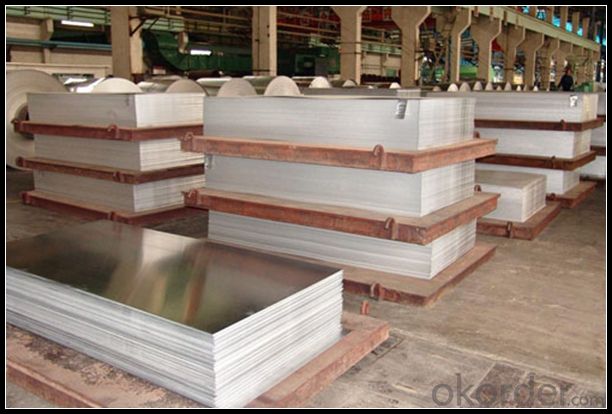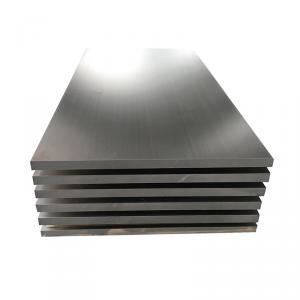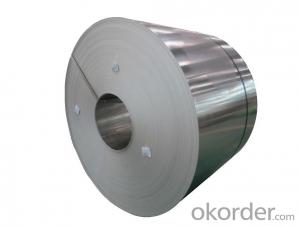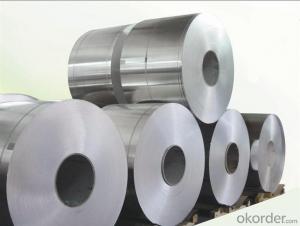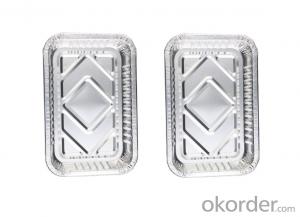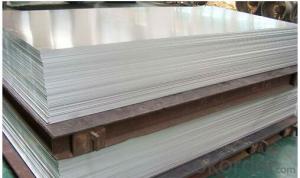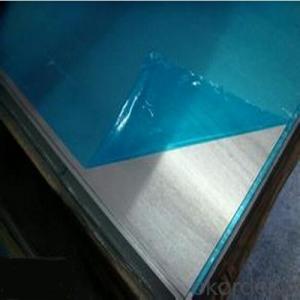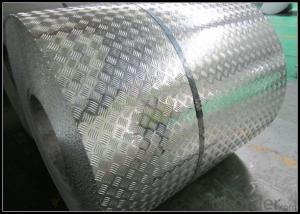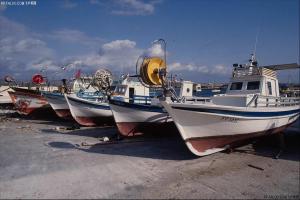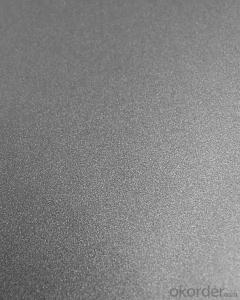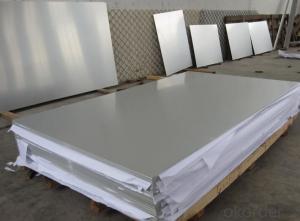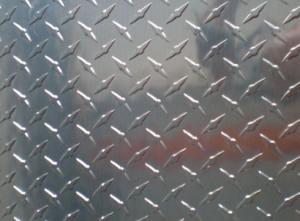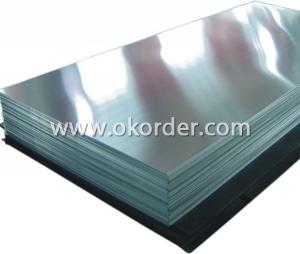Hindalco Aluminum Roofing Sheets - EN AW-5083 Aluminium Panel for Oil Tanker Construction
- Loading Port:
- Shanghai
- Payment Terms:
- TT OR LC
- Min Order Qty:
- 5 m.t.
- Supply Capability:
- 1000 m.t./month
OKorder Service Pledge
OKorder Financial Service
You Might Also Like
Specification
1. Structure of EN AW-5083 Aluminium Panel for Making Oil Tanker Description
EN AW-5083 Aluminium Panel for Making Oil Tanker is one semi-finished aluminium material. The alloy AA5083 is widly used in building, industry ect. Its weight is much lower than steel. So many customers choosed aluminium material instead of steel.
2. Specification of EN AW-5083 Aluminium Panel for Making Oil Tanker
EN AW-5083 Aluminium Panel for Making Oil Tanker | |
Main Specification | |
Alloy | AA1xxx (AA1050, AA1060, AA1070, AA1100 etc.) |
AA3xxx (AA3003, AA3004, AA3005, AA3105 etc.) | |
AA5xxx, AA6XXX (AA5052,AA5083, AA5754, AA6061, AA6062 etc.) | |
AA8xxx(AA8011, AA8006 etc.) | |
Temper | H14,H16, H18, H22, H24, H26, H32,O/F, T4, T6, T651 |
Thickmess | 0.01mm-100mm |
Width | 30mm-1700mm |
Standard | GB/T 3880-2006/ASTM |
Special specification is available on customer's requirement | |
3. Application of EN AW-5083 Aluminium Panel for Making Oil Tanker
(1).Interior: wall cladding, ceilings, bathrooms, kitchens and balconies, shutters, doors...
(2).Exterior: wall cladding, facades, roofing, canopies, tunnels,column covers , renovations...
(3).Advertisement: display platforms, signboards, fascia, shop fronts...
4. Feature of EN AW-5083 Aluminium Panel for Making Oil Tanker
Surfact Quality :
Be free from Oil Stain, Dent, Inclusion, Scratches, Stain, Oxide Dicoloration, Breaks, Corrosion, Roll Marks, Dirt Streaks and other defect which will interfere with use,
Mechenical Property:
Chemical Composite and Mechanical Property
5. Certificate of EN AW-5083 Aluminium Panel for Making Oil Tanker
SGS and ROHS(if client request, paid by client), MTC(plant provided), Certificate of Origin(FORM A, FORM E, CO), Bureau Veritas and SGS (if client request, paid by client), CIQS certificate
6. Image of EN AW-5083 Aluminium Panel for Making Oil Tanker
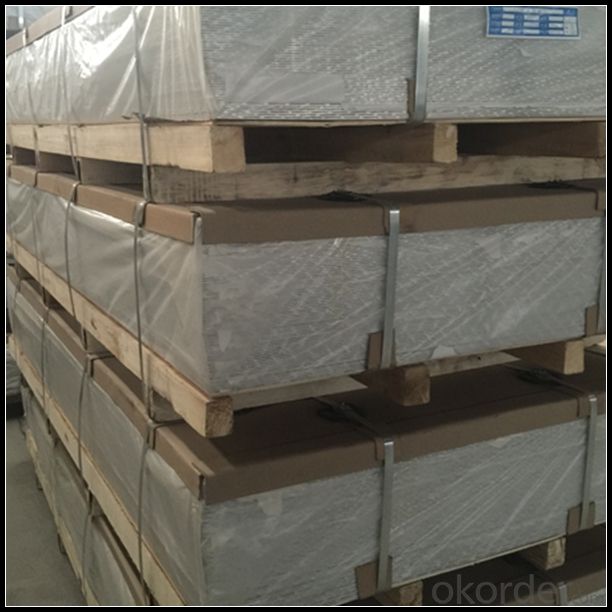
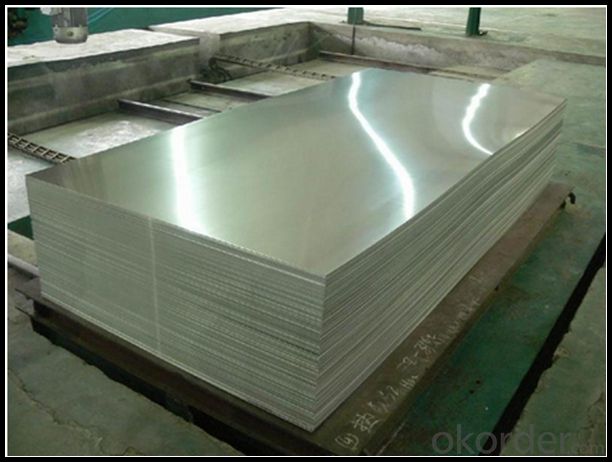
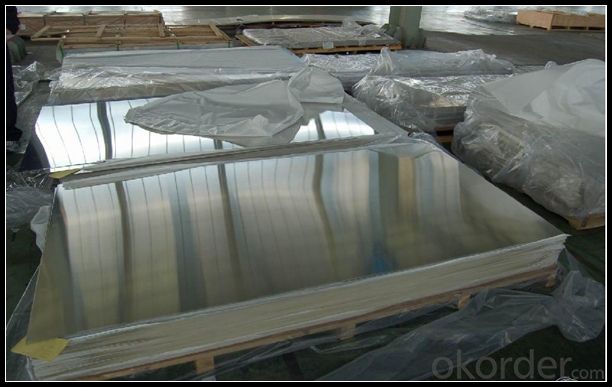
7. Package and shipping of EN AW-5083 Aluminium Panel for Making Oil Tanker
First, plastic cloth with drying agent inside; Second, Pearl Wool ; Third, wooden cases with dry agent , fumigation wooden pallets, aluminum surface could cover blue PVC film
8. FAQ
1) What is the delivery time?
Depends on actual order, around 20 to 35 days
2) What is the QC system:
We have QC staff of 20 persons and advanced equipment, each production is with MTC traced from Aluminum ingot lot.
3) What market do you mainly sell to?
Australia, America, Asia, Middle East, Western Europe, Africa etc
- Q: Can 101 aluminum sheets be used in the production of musical instruments?
- Yes, 101 aluminum sheets can be used in the production of musical instruments. Aluminum is a lightweight and durable metal that is commonly used in the manufacturing of various musical instruments. It offers good resonating properties and can produce a bright and clear sound. Additionally, aluminum is highly malleable, allowing it to be easily shaped and formed into different components of musical instruments such as bodies, frames, or keys. Therefore, 101 aluminum sheets can certainly be utilized in the production of musical instruments, contributing to their overall quality and performance.
- Q: This aluminum is on a mobile home. I trying to repaint it and there is alot of areas were rust has ate the metal away. Especially in the seams. How can I get rid of the rust that already exists and stop it from coming back.
- Aluminum doesn`t rust. This is probably tin. If a magnet sticks to it, treat and paint as you would steel.
- Q: Are aluminum sheets resistant to vibration?
- Aluminum sheets, in general, demonstrate resistance towards vibration. Being a lightweight and flexible material, aluminum possesses excellent damping characteristics, enabling it to effectively absorb and dissipate vibrations. Moreover, aluminum exhibits a high strength-to-weight ratio, ensuring its structural integrity remains intact under vibrating conditions. Consequently, aluminum sheets are highly favored in sectors like aerospace, automotive, and construction, where protection against vibrations is crucial. Nevertheless, it is important to acknowledge that the degree of vibration resistance may differ depending on various factors such as the thickness and alloy composition of the aluminum sheet, as well as the intensity and frequency of the vibrations.
- Q: Are aluminum sheets easy to clean?
- It is generally a simple task to clean aluminum sheets. Aluminum, being a non-porous material, has the advantage of not readily absorbing liquids or stains. Consequently, it is fairly easy to remove dirt, dust, or spills from the surface of aluminum sheets with the use of a moist cloth or sponge. Furthermore, aluminum's resistance to rust and corrosion means that no special cleaning agents or treatments are necessary. However, it is worth noting that abrasive cleaners or scrubbing pads should be avoided as they have the potential to scratch the aluminum surface. In summary, by regularly maintaining and employing proper cleaning techniques, aluminum sheets can be kept clean and in excellent condition for an extended period of time.
- Q: Can aluminum sheets be used in food packaging?
- Indeed, aluminum sheets find widespread application in the realm of food packaging. The utilization of aluminum in this context is prevalent owing to its exceptional capability to shield food from detrimental elements like light, oxygen, moisture, and other external agents that may cause spoilage or contamination. Notably, aluminum sheets possess the qualities of being lightweight, long-lasting, and resistant to corrosion, rendering them perfectly suitable for an array of food packaging formats, including foil wraps, containers, trays, and pouches. Moreover, the recyclability of aluminum further solidifies its status as an eco-friendly option for food packaging.
- Q: What is the price range of aluminum sheets?
- The cost of aluminum sheets can fluctuate due to multiple elements, including the sheet's dimensions, thickness, and quality, as well as the supplier and market circumstances. Typically, the price of aluminum sheets can vary between approximately $0.50 and $5 per square foot. Thinner sheets or lower-quality aluminum tend to occupy the lower end of this price spectrum, while thicker sheets or higher-quality aluminum tend to fall on the higher end. It is advisable to compare prices among various suppliers to secure the most advantageous offer.
- Q: What does aluminum plate "3003-H24" mean?
- 3003 refers to manganese as the main alloying elements of aluminum alloy"H24" is a condition in which aluminum alloys increase their strength by working hardening
- Q: Are the aluminum sheets suitable for architectural applications?
- Yes, aluminum sheets are suitable for architectural applications due to their lightweight, corrosion-resistant, and malleable properties. They can be easily formed into various shapes and sizes, making them ideal for constructing facades, roofs, and window frames in buildings. Additionally, aluminum sheets offer a modern aesthetic appeal and require minimal maintenance, making them a popular choice in the architectural industry.
- Q: What are the different methods for bending aluminum sheets?
- Depending on the desired outcome and available equipment, there are various techniques for bending aluminum sheets. The following are some commonly used methods: 1. Manual Bending: For smaller projects, the aluminum sheet can be manually bent using a manual brake or bending tool. This can be achieved by hand with the assistance of clamps or a simple bending tool. 2. Press Brake: In industrial settings or for larger-scale projects, a press brake machine is utilized. It applies significant force through a punch and die set to create precise and consistent bends. 3. Roll Bending: To achieve long, continuous bends or curves, the aluminum sheet is passed through a series of rollers in the roll bending method. This technique is commonly employed in the production of cylindrical or conical shapes. 4. Rotary Bending: Thin aluminum sheets are effectively bent into curves using rotary bending. This method involves a rotating roller or wheel along the length of the sheet to create smooth and uniform bends. 5. Heat Bending: Thicker aluminum sheets or complex shapes often require heat bending. The sheet is heated to a specific temperature to enhance its malleability before being bent into the desired shape. It is crucial to consider factors such as aluminum thickness and alloy, desired bend angle and radius, and available equipment when choosing the appropriate bending method. Consulting professionals or referring to specific guidelines is recommended for optimal results.
- Q: The user is asking if it's possible to substitute recycled aluminum sheets for new ones in a project or application.
- <p>Yes, you can use recycled aluminum sheets instead of new ones in many applications. Recycled aluminum maintains the same properties as new aluminum, making it suitable for construction, manufacturing, and various other uses. It's also more sustainable and cost-effective. However, it's important to ensure that the recycled aluminum meets the required specifications and quality standards for your specific project to avoid any structural or performance issues.</p>
Send your message to us
Hindalco Aluminum Roofing Sheets - EN AW-5083 Aluminium Panel for Oil Tanker Construction
- Loading Port:
- Shanghai
- Payment Terms:
- TT OR LC
- Min Order Qty:
- 5 m.t.
- Supply Capability:
- 1000 m.t./month
OKorder Service Pledge
OKorder Financial Service
Similar products
Hot products
Hot Searches
Related keywords
